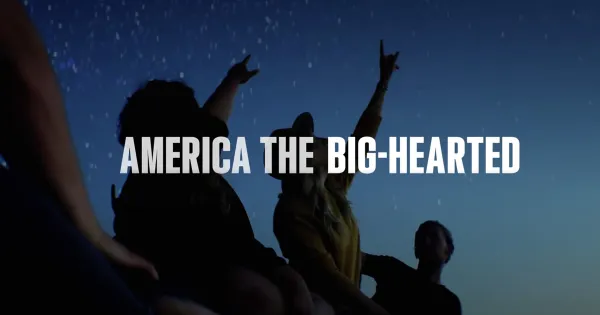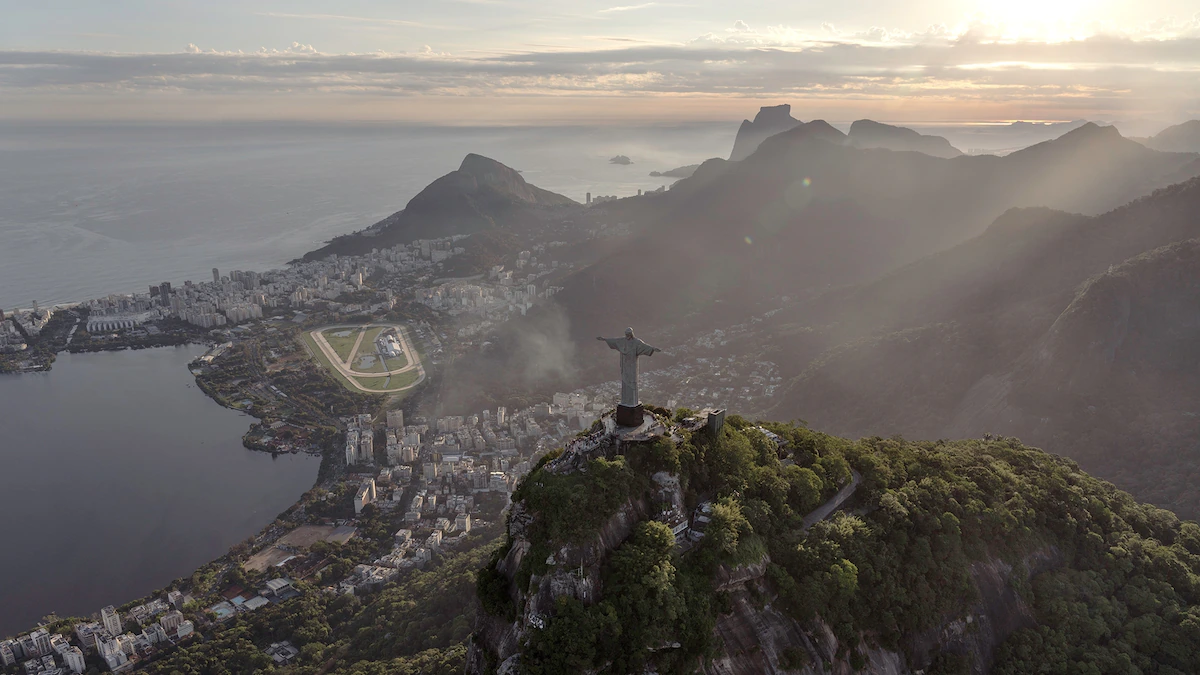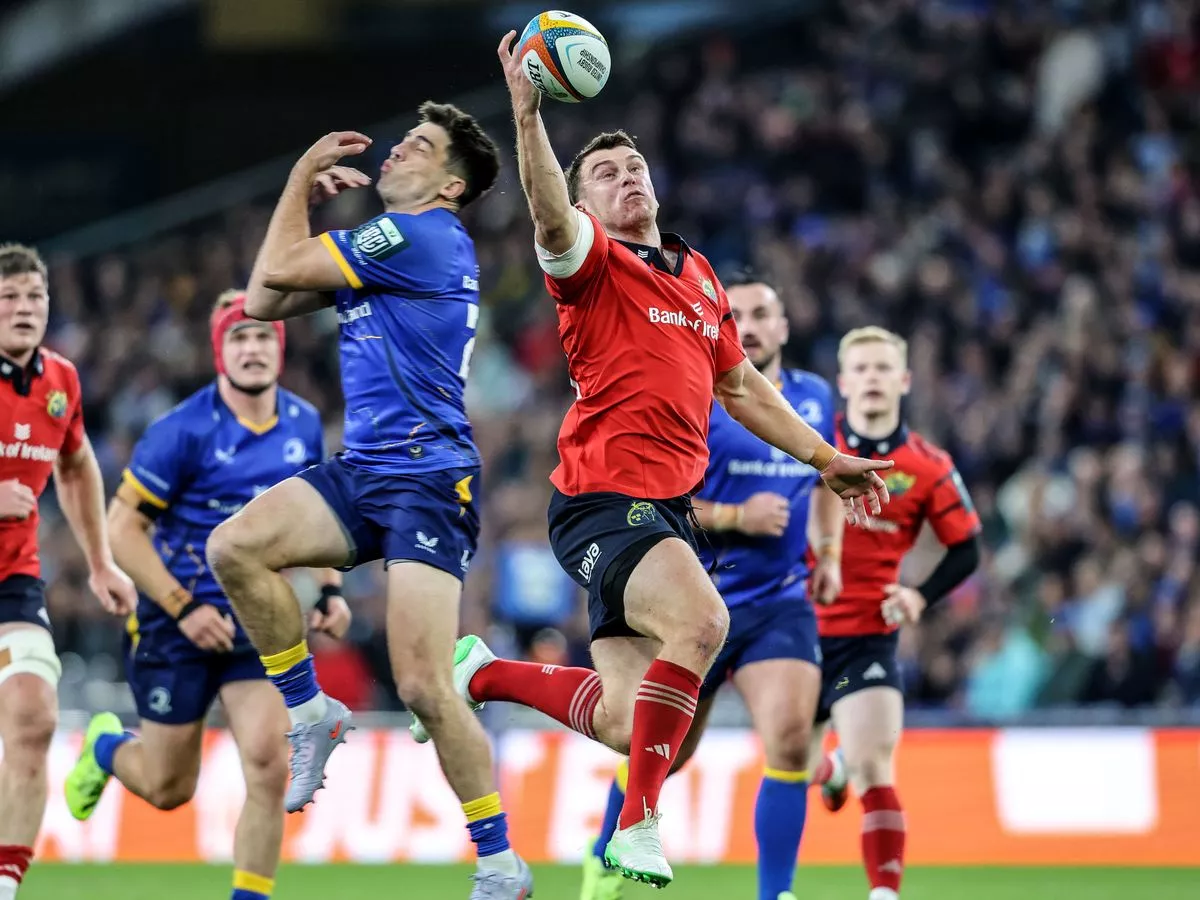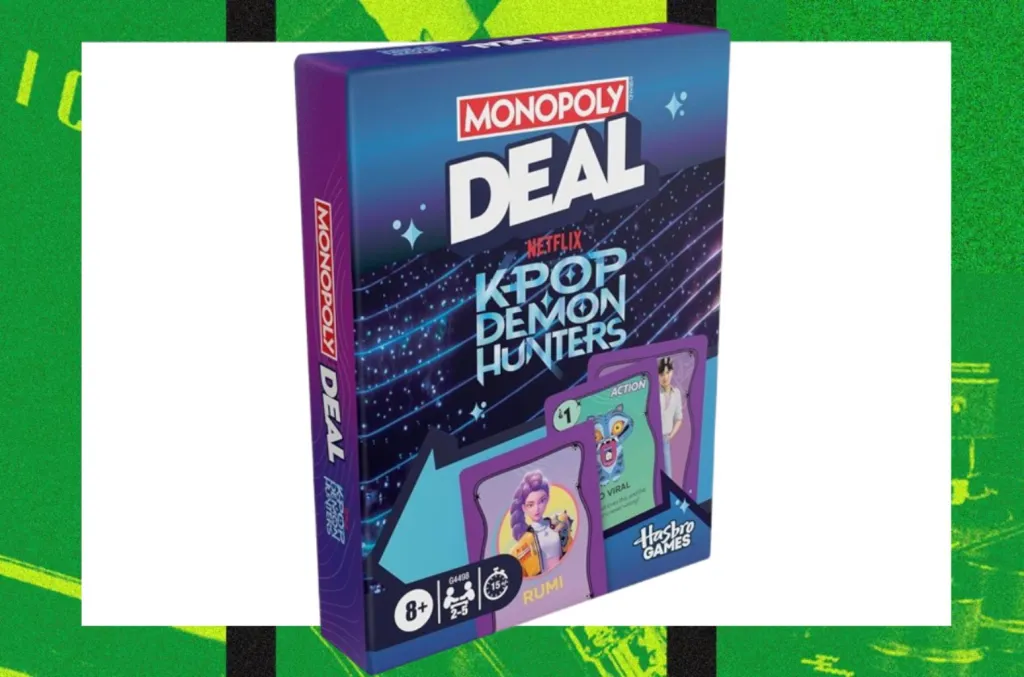Copyright Adweek

Last month, Bad Bunny explained to i-D magazine why his world tour wouldn’t stop in the United States. “There was the issue of, like, fucking ICE could be outside [the venues],” he said. “It’s something that we were… very concerned about.” Without quite intending to, Mr. Bunny was also pointing out a growing macroeconomic issue: When it comes to drawing visitors from outside of its borders, America has an image problem. According to data released in May by the World Travel & Tourism Council, the U.S. is on track to lose $12.5 billion in international tourist spending because those visitors are just not coming—at least, not like they used to. International travel to America is expected to fall from last year’s 72.4 million people to 67.9 million in 2025—a dip of 6.3%, according to the U.S. Travel Association, whose reasons for the falloff include protracted waiting periods for visas and “negative sentiment toward the U.S. in key markets.” The U.S. government has noticed, and it’s trying to combat the issue with a good, old-fashioned marketing push. Debuting on Monday, “America the Beautiful” is a new, multifaceted charm offensive from Brand USA, a public-private partnership created in 2011 to “promote the U.S. as a premier travel destination,” according to the group’s website. Spearheading the effort are four 30-second spots, each with shorter variants, that will run on all major platforms in nine “priority markets:” the U.K., Japan, South Korea, Argentina, Australia, India, Ireland, Brazil, and Mexico. While all the familiar, glossy-brochure stuff is there—Disney, Times Square, the Grand Canyon, Route 66—the spots also make an obvious effort to show friendliness and hospitality. “When you visit America, don’t be shy,” intones the narrator, describing the U.S. as a “great big, open-arms, hug of a land.” Central to this warm and fuzzy feeling is a “shift” in Brand USA’s marketing “from product to people,” according to a press statement, “reminding the world that what sets the U.S. apart is not just the places to visit, but the people to meet.” Accompanying the videos is AmericatheBeautiful.com, an AI-powered hub that eases travel planning to the U.S. with features such as interactive maps, an event guide, and a recommendation engine. (Ask it for the best pizza places, for example, and it’ll furnish a list including John’s of Bleecker Street in New York and Chicago’s famous deep-dish magnet, Lou Malnati’s.) Perceptions of the U.S. as an unwelcoming place have multiplied in the wake of the tariff wars, immigration restrictions, and various comments made by President Trump, especially those directed toward America’s neighbor to the north. These include proposing that Canada become the 51st state and calling Canadians “mean and nasty” for boycotting American-made products. Brand USA—whose budget the administration cut by 80% in July—did not immediately respond to ADWEEK’S request for comment about whether its campaign seeks to address these perceptions. One bright spot for America’s tourism boosters is the 2028 Summer Olympics, taking place in Los Angeles, and next year’s FIFA World Cup, both of which seem destined to draw visitors. Though media outlets are already suggesting that overseas soccer fans—shell-shocked by America’s “dynamic pricing” model for tickets—may stay home and watch on TV instead.



